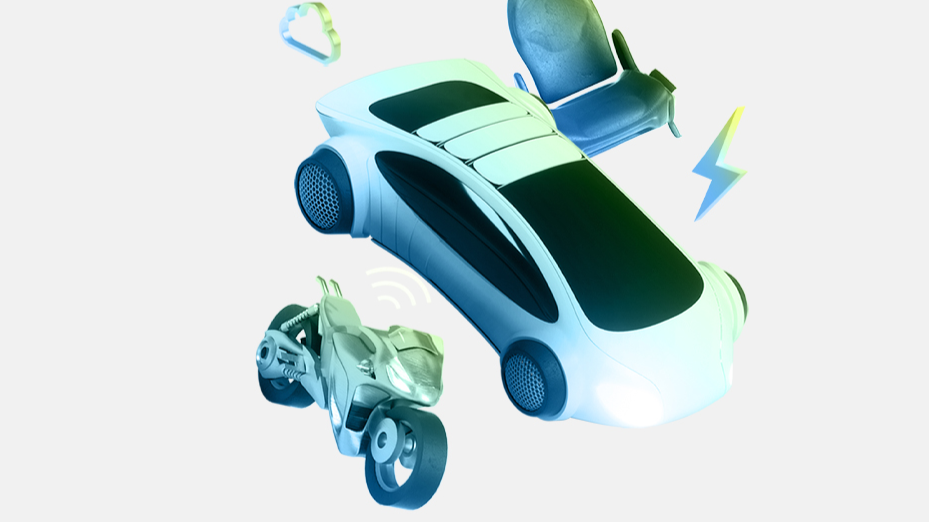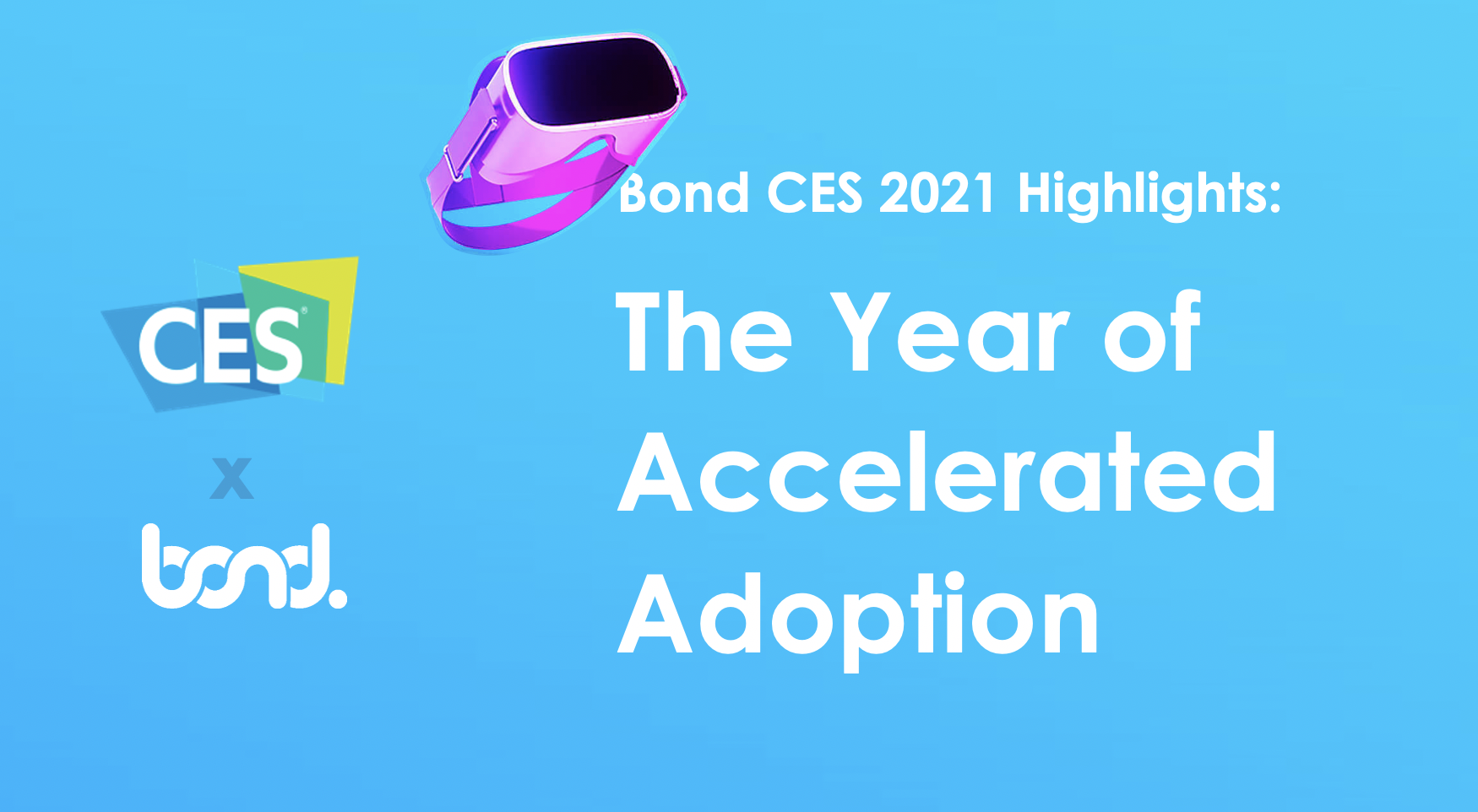Content Writer
Blog
The dynamic between customers and brands—and the value exchange therein—is undergoing a profound transformation. AI's ability to process and analyze less structured data points is only growing, and businesses can now react with more nuanced and curated customer experiences. This shift moves beyond the simple binary opt-in/out decisions of a customer; rather, it’s a shift enabling brands to engage with their clientele in more meaningful and personalized ways. The promise of AI for customer experience extends far beyond simple data aggregation for analysis purposes. Brands, instead, must strive to unlock the hidden potential within each customer interaction, driving meaningful, insight-backed engagement and, as a result, fostering long-term loyalty. The wealth of information that businesses now have at their fingertips allows them to craft experiences that feel uniquely tailored to each individual, and this—we know—is the expectation of many. According to The 2024 Bond Loyalty Report, when consumers see themselves reflected in the brands that they interact with, the result is a significant lift in advocacy, retention and spend.
AI is transforming the very nature of customer engagement, creating a dynamic feedback loop that continuously refines and improves the customer journey. This cycle of continuous improvement is pivotal for establishing a sense of equivalent value exchange within loyalty settings, where customers feel their data and feedback are met with tangible benefits. In fact, more than 80% of Americans are comfortable with their data being shared as part of a loyalty partnership, especially if it means that they’ll get preferred benefits in return (The Bond Loyalty Report, 2024).
There is a wealth of opportunity to be had when brands enhance their capabilities for collecting and processing zero-party data (ZPD)—data that customers willingly provide. Imagine the possibilities when customers explicitly and openly share their preferences or suggest improvements, leading to a better overall experience. Not only does this facilitate greater shared value creation, but it also helps build stronger brand equity.
Artificial intelligence and its ability to research and benchmark has long been in development but, more recently, its strides have been borderline brain-like, particularly in its ability to process and integrate diverse data sources. No longer limited by traditional methods—i.e., those that struggle with unstructured information—, AI excels at deciphering data from multiple sources, from social media posts to open-ended survey responses. This capability is both advanced and reshaping how we approach complex problems to uncover new insights.
There are two heavy hitters dominating the artificial intelligence (AI) applications narrative: 1) tech giants churning out increasingly powerful AI models, and 2) established companies implementingAI into their existing products. A new player is turning heads in boardrooms across industries: AI orchestrators.
Today, the battle for customer loyalty is hyper-competitive and fierce. Even with the number of loyalty memberships and program activity at their highest in 10 years, members are looking for more; they’re choosing brands that provide better, simpler, and more seamless experiences (The Bond Loyalty Report, 2024). As technology simultaneously advances at a breakneck pace, artificial intelligence (AI) is emerging as a game-changing tool for creating personalized experiences that foster deep, lasting customer relationships. But how exactly is AI revolutionizing personalization in loyalty programs, and why should businesses across industries take note?
The data race is on and the massive disruption in today’s marketplace is creating momentum for businesses to move exceedingly faster. At a recent Bond.Forums panel discussion hosted by Francis Silva, Bond’s VP, Analytics & Technology, leading experts tackled the biggest challenges and opportunities in data, and how organizations can unlock value—for both their brands and their customers—through data ecosystems.
The panel, “Building a Data Ecosystem to Enhance Customership,” featured leaders from Bond’s best-in-class technology partners: Bilal Khan, Managing Director & Head of Snowflake Canada; Khalil Alfar, GM Customer Success and Chief Data Officer, Microsoft; and Nicole Lusignan, Head of Strategy, North America, Qualtrics.
In 2020, the world went into mass hysteria as a then unknown virus touched down on almost every continent on the globe. Citizens, brands, governments, and manufacturers around the world quickly pivoted to tackle what was soon to become one of the largest pandemics to have ever been recorded in modern history. What most people didn’t know was how long it was going to last and how it was going to change their lives. With more people at home, we saw businesses focused on the home quickly flourish and businesses reliant on people out of the home quickly perish. One thing is for certain: your morning commute, at least in the western hemisphere, has changed from sitting in traffic in your car, listening to podcasts and radio, to rolling out of bed to your dining room table or home office (if you’re lucky).
As the role of the home changed, so did the role of the car. According to the Center for Automotive Research, 90% of people will not be going back to an office full-time. How will drivers continue using their cars? Households are busier and louder than ever, and with the introduction of connectivity, panoramic sunroofs, and enhanced sound, the car is becoming the new, mobile office. How will automotive manufacturers continue to plan features to support the future role of the car, as post-pandemic life currently remains unpredictable?
At CES 2021, representatives across the automotive industry, including GM, Panasonic, Audi, and Robert Bosch all agreed on one thing: the pandemic has provided the greatest opportunity to not only optimize automotive technology to fit the new lifestyles of global consumers, but to also personalize the experience to move the car from the third most utilized space to the second. One example of this discussed by Panasonic Automotive is the concept of private sound bubbles, whereby passengers in the same car can all listen to their own music without disrupting the other passengers, while drivers are equipped with "Whisper Agents" that will share driving directions quietly in their own zone.
The Consumer Electronic Show this year was a fully prerecorded virtual affair, with ubiquitous floating people in squares on our screens. The keynote events had nearly natural scripts presented by one of the conglomerates convincing us that our daily world will change for the better. One word comes to mind when I want to summarize the technological acceleration and business pitches that percolated through every panel discussion: adoption.
.jpg)
.jpg)
-1.jpg)
.jpg)
.png)

.png)


